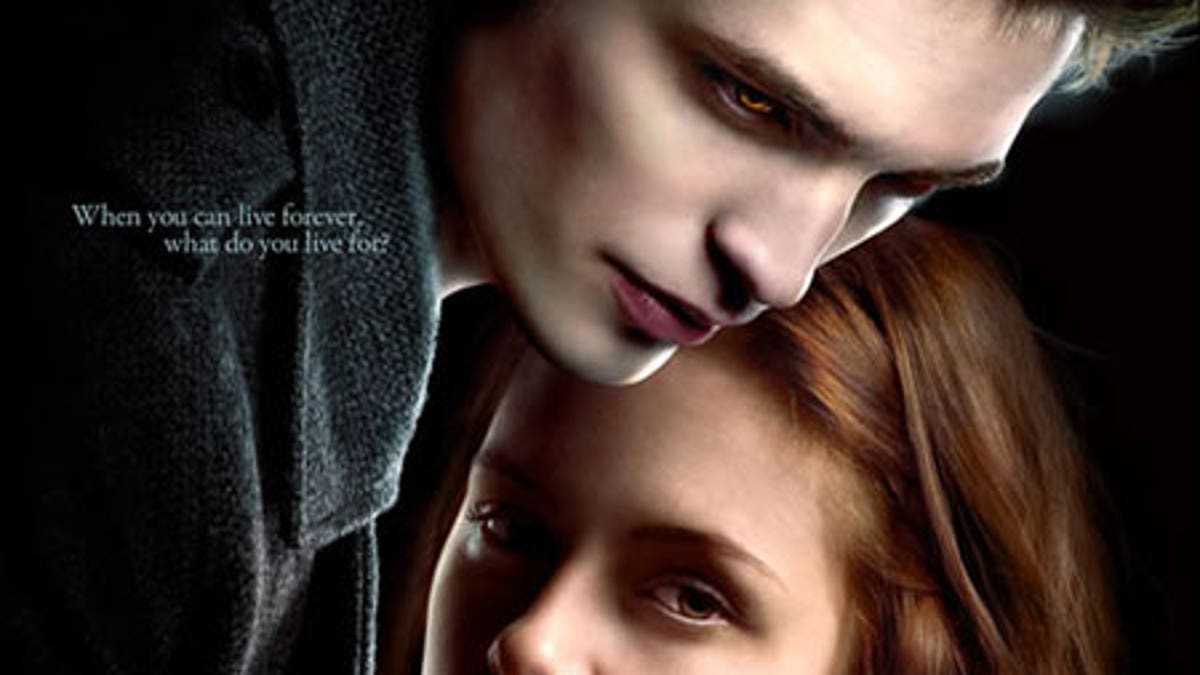
The case of two troubled teens captivated psychiatrists at the University of South Carolina School of Medicine for months. Eleven residents and four attending psychiatrists read up on their symptoms and met once a week to discuss them.
They stipulated early on that Edward was, indeed, a vampire. But since he was supposedly 100 years old, not 17 as he appeared, his adolescent moodiness suggested arrested development.
As for Bella, her self-loathing and willingness to sacrifice herself made her especially vulnerable to a dangerous relationship. Treatment plan: cognitive behavioral therapy to counter her automatic negative thoughts.
So what if the patients weren't real? Analyzing the neuroses in the popular "Twilight" saga was such an effective teaching tool that the 12-week elective, dubbed "Therapy Bites," was presented at the American Psychiatric Association's conference last month.
"It was much more fun than sitting in a didactic lecture," said chief resident Dr. Ashley Jones.
Sigmund Freud named the Oedipus complex for Sophocles' tragic character and was fascinated with Shakespeare and Dostoevsky. Increasingly, professors from Psych 101 to medical schools and psychoanalytic institutes are using fiction and film in classroom assignments or outside electives.
"Students in the mental-health disciplines can sometimes learn as much about what it means to be human from studying popular films and novels as they can from sitting with a patient," said Glen Gabbard, a professor of psychiatry and psychoanalysis at Baylor College of Medicine in Houston.
Gabbard wrote "The Psychology of 'The Sopranos,' " which offers a clinician's look at the TV series' dysfunctional characters. He holds his own optional monthly gatherings for residents to watch and discuss films such as "The Hurt Locker" and "Precious."
The use of books and movies in teaching is growing in part because fictional characters obviously aren't protective of their privacy the way real patients can be. Even when their names and identifying details are disguised, patients must give consent to have their case histories written about or discussed with others, and many are reluctant to.
In the "Twilight" assignment, residents evaluated the biological, psychological and cultural factors affecting each character, and practiced differential diagnoses, examining every possible explanation for the symptoms presented.
Could Edward's changing eye color be a symptom of Wilson's disease, a rare condition that causes the body to retain copper? Could drinking blood be a form of pica, a medical disorder in which people feel compelled to eat non-food items like dirt or paper?
Stipulating that vampires and werewolves were real was necessary, said Nioaka Campbell, director of the psychiatry resident program at the University of South Carolina School of Medicine. "Otherwise, we would have had to conclude that Bella was just psychotic."
Besides recognizing symptoms, several residents said that reading "Twilight" helped them better understand their real patients. "Young girls, in particular, really identify with Bella, not feeling like you fit in and not being good enough," said Jones. "I think that's why the books have become so popular."
